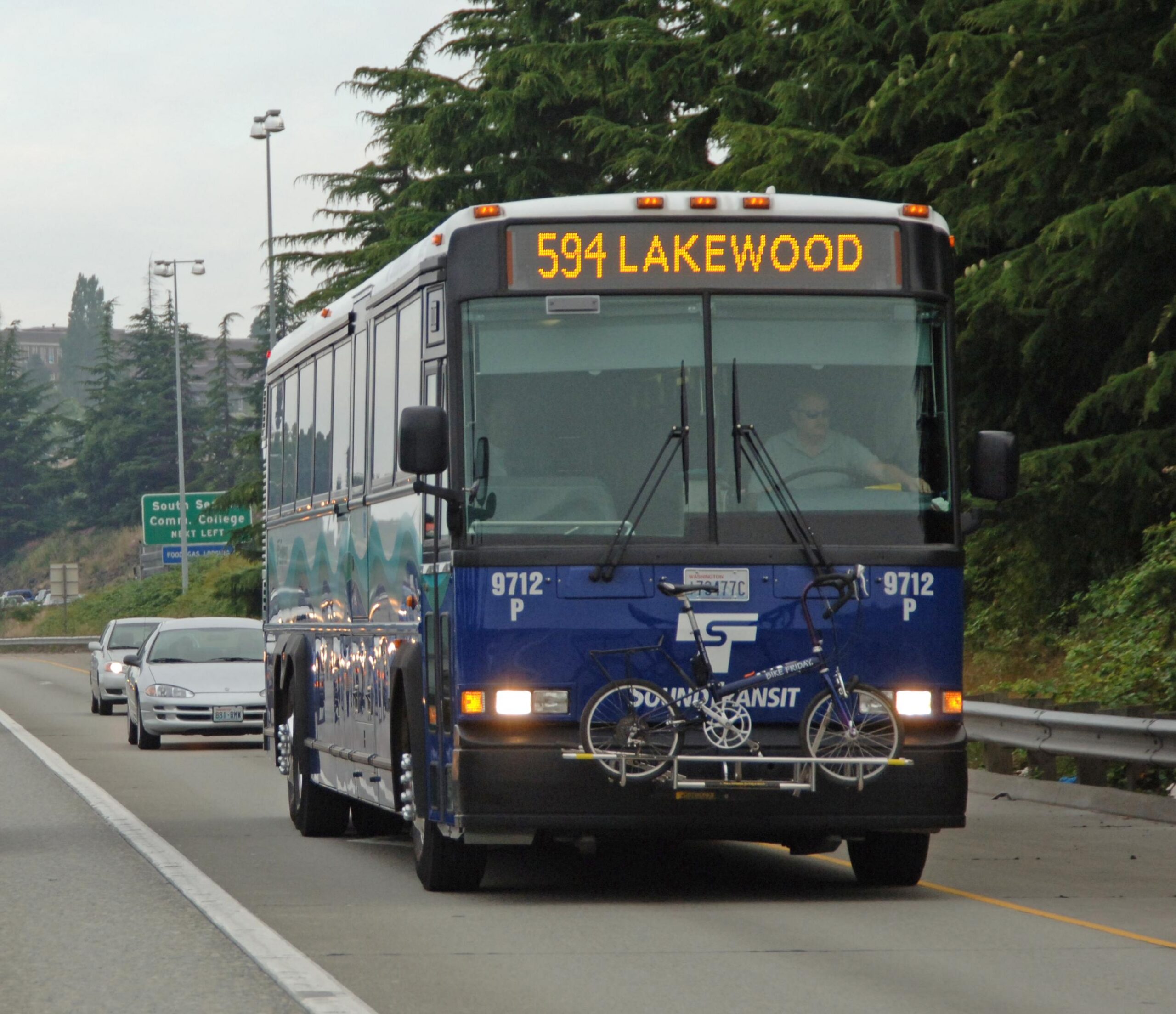The Puget Sound region is on the verge of a high capacity transit revolution.
Within a few years, dozens of new stations will join Sound Transit’s Link light rail system, as the agency opens new extensions to the north and east.
Three new stations are slated to open in 2021 (U District, Roosevelt, Northgate) followed by ten stations east of the current north/south trunk line (Judkins Park, Mercer Island, South Bellevue, East Main Bellevue, Bellevue Downtown, Wilburton, Spring District/120th, Bel-Red/130th, Overlake Village, and Redmond Technology Center) in 2023. Two more Redmond stations will open in 2024.
Also opening in 2024 are four Lynnwood Link stations: Shoreline South/145th, Shoreline North/185th, Mountlake Terrace, and Lynnwood City Center.
In total, Sound Transit has nineteen new stations set to open by the end of 2024, with thirty miles of new track connecting them. Additional stations are slated to open in the ensuing years, extending light rail’s reach into even more communities.
With the days of a longer, more capable light rail spine drawing nearer, planners at Sound Transit, Community Transit, King County Metro, Pierce Transit, and Everett Transit are talking more and more about how the transit landscape is going to change when the new extensions come online.
“Sound Transit and King County Metro are considering ending cross-lake Interstate 90 bus routes following the completion of the East Link light rail corridor in 2023,” Sound Publishing’s Aaron Kunkler reported earlier this week.
“Most Eastside buses that currently go downtown will involve a transfer to Link,” the article quotes Sound Transit’s Rachelle Cunningham as saying.
Sound Transit staff should not be making these kinds of statements, especially since they’re obligated to consider public input prior to redrawing service maps. These kinds of declarations are putting the cart before the horse.
Scrapping express routes like Community Transit’s 402 would be a mistake. Terminating express routes like ST’s 554 at Link stations would also be a mistake.
Rail and bus are different modes that complement each other. For our transit network to compete effectively for trips, the network needs to offer riders choices, and get them where they want to go as quickly as possible.
Light rail will offer unparalleled reliability and frequency of service when it opens, and it will be the mode of choice for a great many commuters.
However, it’s reasonable to assume that there will still be demand for fast rides between major hubs without stops in between. Sound Transit and its partners should ascertain this level of demand and meet it by continuing to offer express bus service in the corridors soon to be served by East Link and Lynnwood Link.
We have spent enormous sums over the years investing in high occupancy vehicle (HOV) system for our highways, and we should continue to leverage those decades of investment even after light rail joins the transit mix (at long last).
It’s really important to offer riders choices. Especially riders who own cars.
Consider the Seattle to Tacoma corridor. Presently, there’s a choice of modes on weekdays (and even some weekend days). You can take Sounder to bypass the mess on I‑5 if you want. Or, if I‑5 isn’t jammed, you can take the 590⁄594 Express, which is one of Sound Transit’s best routes. When the I‑5 HOV lane is not congested, it provides remarkably fast service that’s comparable to driving.
Or consider the Seattle to Redmond corridor.
When I want to go into downtown Seattle from NPI’s hometown, I have options that I never had a few years ago, thanks to Sound Transit.
I can take the 545 Express from downtown Redmond to reach any number of places in the center city. Alternatively, if I‑5 looks bad, I can take the 542 Express to the University of Washington Station, tap my ORCA card to transfer modes, and then continue my journey on Link underground. Sometimes the 542 + Link is clearly the superior option. And other times, the 545 is the superior option.
Knowing that I have options is a great feeling. I’m more likely to opt against driving for a trip into Seattle knowing that those options are there for me.
Redundancy is also an important reason not to scrap express bus routes.
No mode operates flawlessly one hundred percent of the time. If Link experiences an interruption of some kind (like this), it is easier to accommodate impacted riders if they can simply shift to express bus routes that parallel the light rail spine as opposed to making them wait for a fleet of special shuttles to be deployed.
Instead of assuming that Link’s arrival will obviate the need for express routes in certain corridors, Sound Transit and its partners need to ascertain from riders (and potential new riders) what routes to offer. What mix of service will maximize the appeal and effectiveness of mass transit? That’s the question planners need to ask. When planning starts with bad assumptions, it can lead to bad results.
Link’s expansion will afford us an opportunity to build a better transit map. The thoughtful reallocation of bus service based on public input should be on the table; the presupposed elimination of express routes should not.


I agree! I think it was a huge mistake for Metro to delete the #194 from downtown Seattle to Sea-Tac once Link opened. I read where studies showed its direct routing to be faster in ordinary circumstances, and while it was subject to traffic, it wasn’t as subject to the issues of light rail running at grade through the Rainier Valley, e.g. vehicles hitting the trains, trains hitting pedestrians, mechanical failures, etc., any of which make Sea-Tac bound passengers likely to miss their flights.
Up north, it makes sense for Link to open three stations north of Lynnwood as “part 1,” just like they’re doing for Northgate, but without tunnels needed: Alderwood-West, Ash Way, and Mariner. If they did so, riders could connect at Mariner via Swift Green from Everett to the north and Mill Creek to the south.